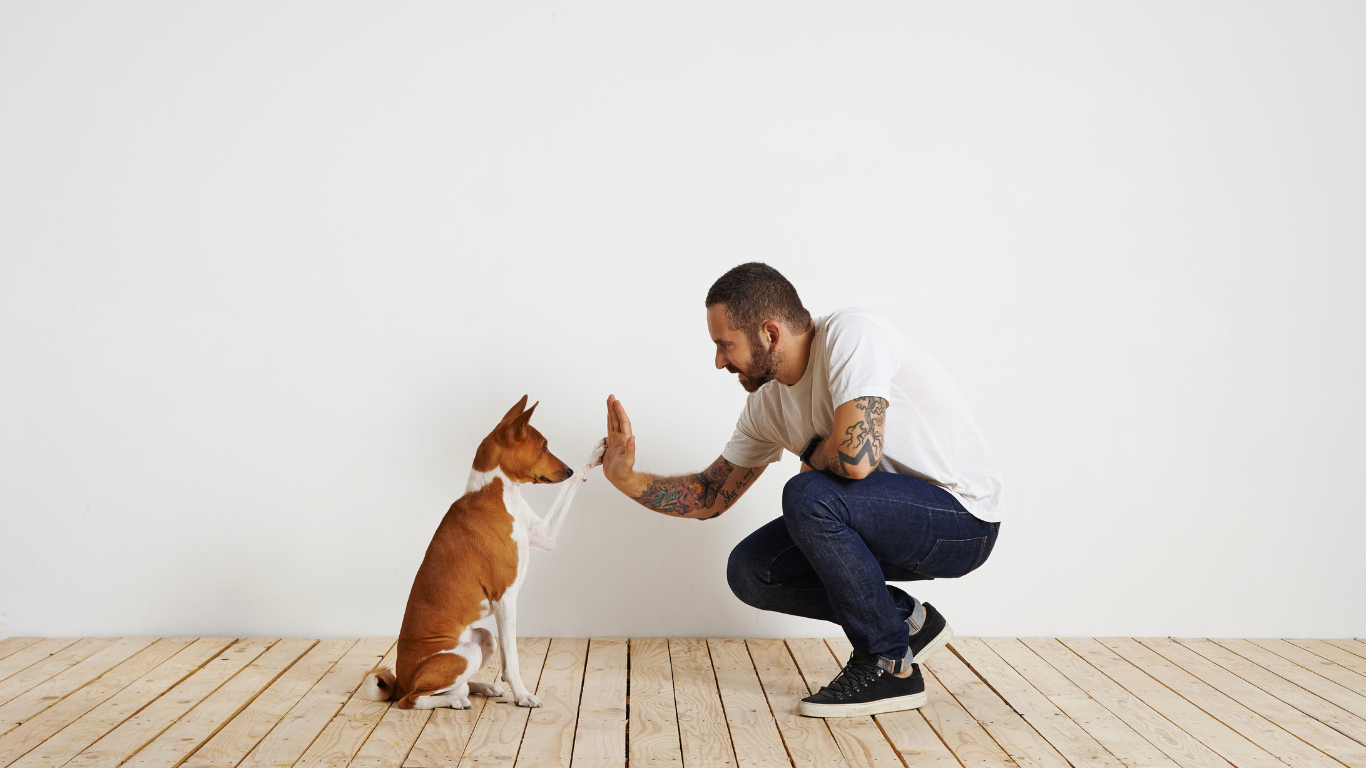
Watertail, also known as muttontail, is a painful canine disease that primarily affects the base of the tail. It often occurs after a dog has been swimming in water for a long time or has been exposed to physical stress. Water rod is an unpleasant but usually not serious condition that you can manage with appropriate care and treatment.
How do dogs develop a water rod?
Water rodent is a circulatory disorder in the tail muscles caused by excessive stress, cold or moisture.
Long and intense swimming or repeated tail wagging can overload the tail muscles. Cold water or cold weather conditions also promote restricted blood circulation. The result can then be a water rod.
Which dog breeds are particularly susceptible to water rods?
Hunting dogs that often work in cold water are more susceptible to this disease. In principle, however, the water rod can occur in dogs of any breed.
Symptoms of Water Rod in Dogs
- The position of the tail is very typical, it is stretched straight out a few centimeters and the rest then hangs limply like a mutton.
- The tail is very sensitive to pain.
- In order not to sit on the tail, the dog stretches his legs out to the side.
- He shows pain when defecating and possibly urinating.
- The dog may have difficulty moving or wagging its tail.
- The dog may appear stiff and less mobile.
Water rod therapy
The condition is usually temporary and will heal on its own if the dog has time to recover. So give yours enough rest and protection so that the muscles can heal. You can also put a warm towel or electric blanket on him. Because this can promote blood circulation and accelerate the healing process.
In very painful cases, the veterinarian can support the healing process with painkillers or anti-inflammatory medications, as well as massages, physiotherapy, laser treatments or the use of red light lamps for gentle heat treatment.
To distinguish other more serious illnesses, a veterinarian should be consulted to rule out, for example, intervertebral disc problems or injuries.
How can you prevent your dog from having a water rod?
If your dog is not used to prolonged swimming, introduce him to the water gradually to avoid overexertion. Make sure your dog is kept warm after swimming or in cold weather. And: Good general fitness and strong muscles can reduce injuries.










